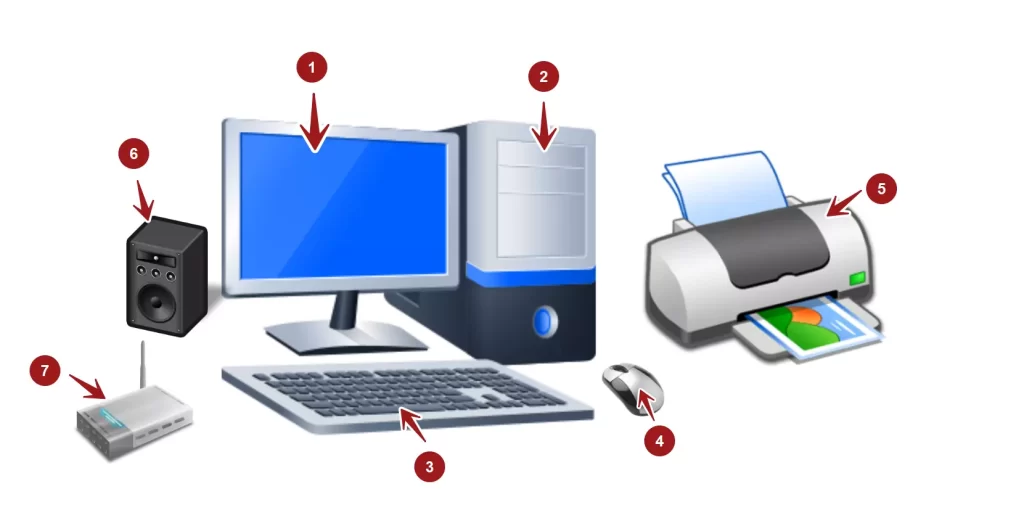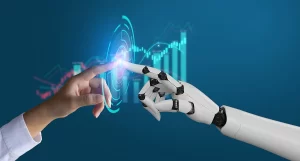Whether you’re new to the world of computers or a seasoned veteran, there are a number of different hardware components you’ll want to know about. These include the motherboard, the CPU, the RAM, and the video display controllers.
Motherboard
During the process of establishing a boot sequence, the motherboard hardware components need to communicate with each other. In order to do so, they may use various mechanisms. Some of these mechanisms include communicating a passphrase, performing a mathematical algorithm and checking for feedback.
A passphrase is a unique, secret code that is used to establish communication between motherboard components. The secret code is delivered to each component in the form of a nonce. The nonce is preferably a single use token. When the processor receives a response from the second component, the processor then executes the instructions contained in the nonce.
This can be done through the use of a complex programmable logic device (CPLD). The CPLD can perform a mathematical algorithm 508 on the passed-through nonce. The CPLD then checks to see if the received passphrase is correct.
CPU
Almost all CPUs use the same “fetch” method to get an instruction from program memory. This means the CPU does the math and retrieves the data. Then, it performs a writeback, writing the results of the instruction to the memory.
A CPU’s clock speed is measured in gigahertz (GHz). A higher GHz rating indicates that the processor is capable of executing instructions faster than a comparable processor. The actual speed of a computer depends on a variety of components.
A motherboard is a thin metal plate that holds the CPU and other hardware components. It is a hub for all the other components and holds the connectors to a hard drive, optical drive, audio, video, and expansion cards. It also allocates power where it’s needed.
Random-access memory (RAM)
Often referred to as RAM, random access memory is a form of computer hardware that allows your computer to process data quickly and easily. It is also used to store your current operating system and active programs.
A computer’s speed is dependent on the amount of storage it has, as well as how quickly it can transfer data between different components. Without it, your computer would slow down to a crawl. Its performance is also impacted by how quickly it can load and read temporary data.
A computer’s performance will decrease when it reaches its storage limit. In addition, the computer will not be able to run as fast as it did when it was new.
Read-only memory (ROM)
ROM (read only memory) is a crucial component of most computerized devices. It allows devices to store and retrieve data even if they are unplugged.
ROM is different from RAM, which is volatile. Unlike RAM, ROM is non-volatile, meaning that information is permanently stored on the chip. This means that it cannot be changed or deleted. It is therefore less expensive than volatile memory.
ROM chips are essential in basic processes for certain utilities, including booting a computer. ROM is also used in home appliances, automation toys, and automobiles. In fact, modern smartphones use ROM to perform basic system boot operations.
ROM is a relatively small device. It contains two distinct addresses, along with a decoder and logic gates. It is similar to an array of disks, but instead of using transistors to store data, it uses binary code.
Video display controllers
Basically, a video display controller (VDC) is a hardware component that controls the computer’s display. These are used in most environments where visual content is displayed, including consumer computers, gaming, and video applications.
In most cases, a video controller uses a graphics processing unit (GPU). The GPU is a circuit that performs complex mathematical calculations to translate data into graphic images. This type of chip is also embedded in mobile phones and game consoles.
The GPU is also used to draw lines, fill areas, and fonts. The graphics processor is also capable of displaying 3D graphics, such as in gaming systems.
The display controller is composed of a graphics processing unit, an input slot, and a video output. It can be used for many different purposes, such as creating television video signals in a computer.
Peripheral devices
Adding peripherals to a computer can increase its functionality and expand its capability. They are connected to the computer either directly or through a wired or wireless connection.
A computer uses peripherals to handle input and output information. Some of the most common input devices include a keyboard, mouse, and webcam. Optical laser scanners can read bar-coded data, and microphones can support audio communications in a computer.
Output equipment includes printers, video display terminals, and loudspeakers. Ink jet printers, laser printers, and scanners can all print documents. External audio output devices include speakers and earbuds.
Some of the input devices that are commonly installed in computers include the USB drive and network adapter. An optical disc drive can also be considered an input/output device.




